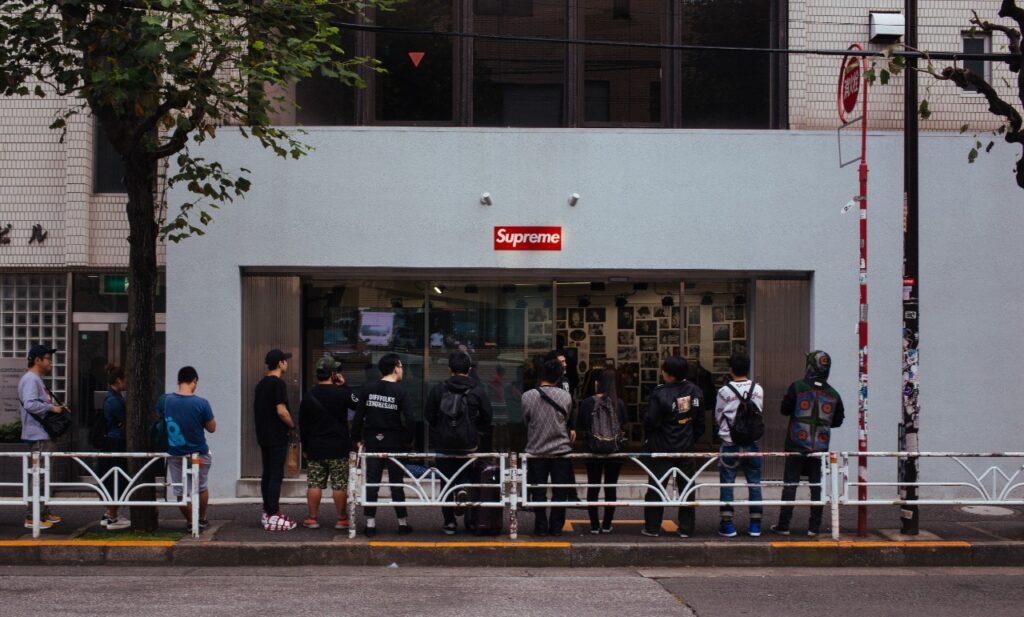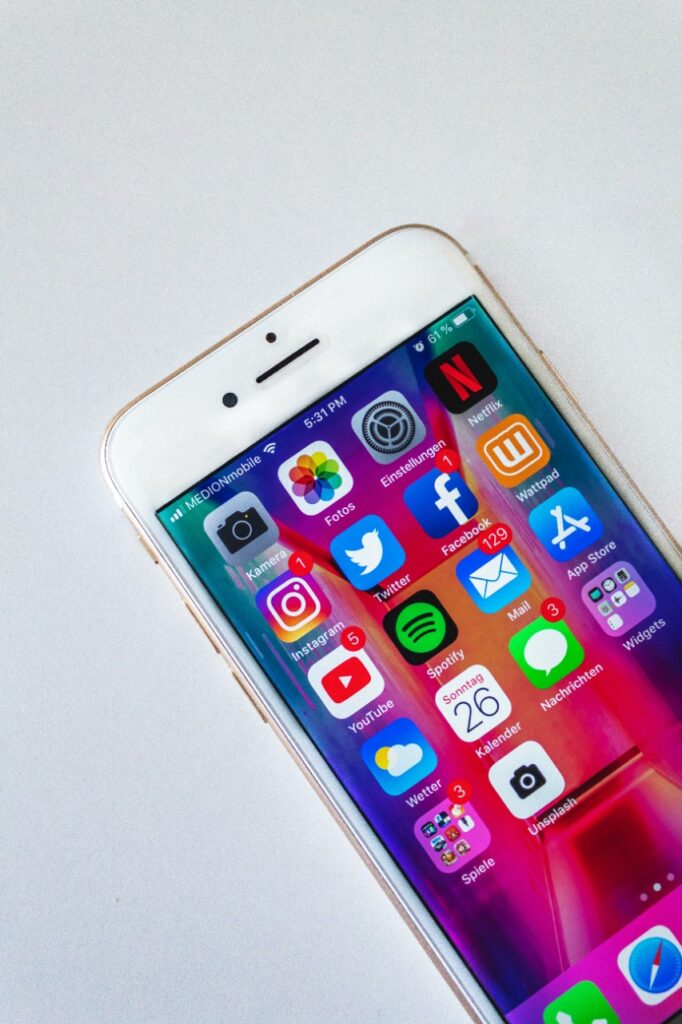Millennials and Gen Z are commonly grouped together, yet before learning how to market to Gen Z and Millennials, it is important to note their differences. According to Pew Research Center, Millennials are anyone born between 1981 and 1996. While Gen Z is the cohort born between 1997 and 2010, which means they grew up immersed in technology (some being born after the first iPhone release). Gen Z accounts for 40 percent of all consumers.
1. Shopping should be an experience
Where shopping is an experience, that is where you can find Gen Z and Millennials. Pop-up shops are in! Since shopping experiences drive millennials and Gen Z, pop-up shops are the way to go. Due to pop-ups being short-term installments, there is always the opportunity to keep it fresh and engaging.

How to attract Gen Z:
- While spends a lot of time on their phones, when it comes to shopping, they prefer to visit a store because it ensures that the products have good value. Experiences help convince Gen Z that they are receiving more value for their money, due to their frugal tendencies.
- Create positive online communications with Gen Z to entice them to visit your storefront. Answering emails quickly, commenting on social media and responding to DM ’s showcases a positive online communication. The interaction will likely carry over to an in-store visit, and the consumer will already have a positive cognitive association.
How to attract Millennials:
- Millennials prefer to shop in person because they are seeking a social shopping experience. So, marketing campaigns and brand driven events are the way to go. Not only do they want to go to in person, but millennials want to share their experience with their followers. The curated experiences need to be unique and created to be shareable through social media.
2. Keep it short, sweet, and authentic
As consumers are scrolling through various social media, suppose your content is not appealing within the first seven seconds, then more times than not, your brand has lost a potential customer. Traditional advertising does not land with the Millennial and Gen Z market. Gen Z and Millennials will decide whether or not to engage with a brand dependent upon if the brand feels authentic. Not every trend will fit your brand, so keep trends focused and true to your brand messaging. Utilize social media platforms that allow for quick content such as Instagram, Snapchat, Twitter, YouTube and Tik Tok.
How to attract Gen Z:
- Gen Z is often stereotyped for having a low attention span, yet it is crucial to consider short engagement when creating content and brand messaging. Keep it authentic!
How to attract Millennials:
- When Millennials can relate to content it feels more authentic. When a brand’s message comes across as authentic, then the message will go farther and so will the sale. Millennials are more likely to engage in brand hashtags and create user generated content when they feel a connection.
3. Influencer Marketing
With social media being the leading time consumer of Millennials and Gen Z, this is the primary way that they receive news. Television is not constantly available, especially since many individuals in these generations are ‘cord-cutters,’ meaning that they do not have cable. Therefore, television is not a driver of news for Millennials and Gen Z.
Instead, Influencers are a big topic of conversation in the marketing world, but even better is using micro-influencers. Micro-influencers have a niche following and are much more accessible.

Micro-influencers are more engaged with their following and have a compact, targeted audience, so when they recommend a brand, their followers are much more likely to engage with the brand they are promoting.
How to attract Gen Z:
- For Gen Z, Tik Tok is the driving app. Tik Tok is able to engage Gen Z, as videos are less than a minute, and a majority of the users are under 30 years old. Gen Z are a generation that is also highly influenced by micro-influencers. The umbrella of interests around an influencer is an indication of the follower niche that align with them.
How to attract Millennials:
- For Millennials, it is important to establish a sincere and valuable relationship with influencers. Millennials seek value and appreciate influencers that are continual advocates of brands. Influencers does not only mean social media influencers, but also through podcasts and blogs.
4. Take a stand
To make an impression, you have to have a story behind your brand. Staying neutral is a failing strategy. While brands do not have to take a stand on EVERY topic, it is crucial to take a stand on at least some topics. Brands can not just state a stance but must ACT and put effort behind the views it takes. Gen Z and Millennials are groups that fact check.

There is no hiding behind words with these generations, there must be concrete actions taken and shown, or else consumers will call the brand out publicly.
How to attract Gen Z:
- Gen Z is known to be inclusive and much more gender-progressive than previous generations. Brands that create campaigns fostering inclusion, creativity, individuality and going against the grain of traditional storylines are the brands that are coming out on top. Gen Z is attracted to brands that continue to drive a narrative that aligns with their core values.
How to attract Millennials:
- Millennials are far more in tune and aware of brands values. According to 5WPR’s 2020 Consumer Culture Report, 83% of Millennials want companies to align with their values.
5. What is the next big thing?
Both Gen Z and Millennials want to be trendy, which means being at the forefront of a trend. Their peers influence Gen Z and Millennials, but they also want to influence their peers.
How to attract Gen Z:
- Gen Z yearns to show-off something new that they learned first. Such as life hacks, brands, music, a new restaurant, and more.
How to attract Millennials:
- When marketing to Millennials, brands need to take an approach that shows a new angle, vision, or product usage. Appeal to FOMO (Fear of Missing Out), which keeps them engaged and in more in the loop. The next big thing will be talked about amongst groups which leads to FOMO, causing more Millennials to invest in going.
